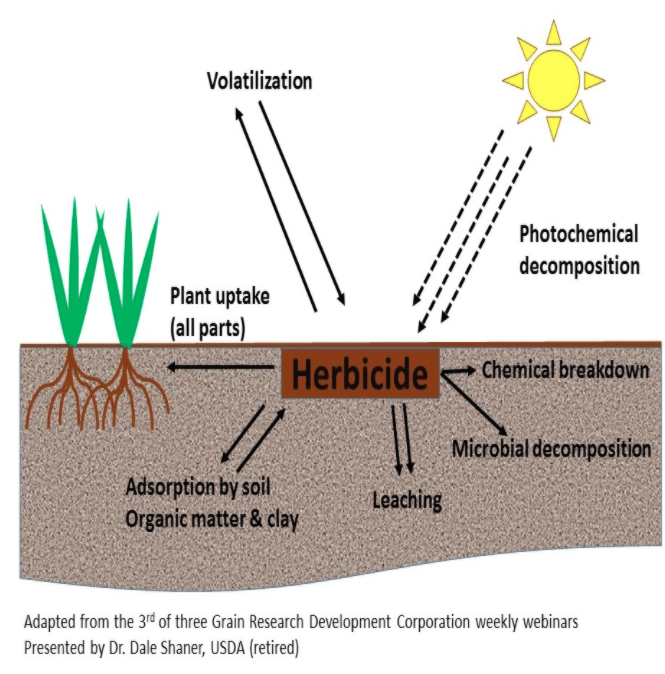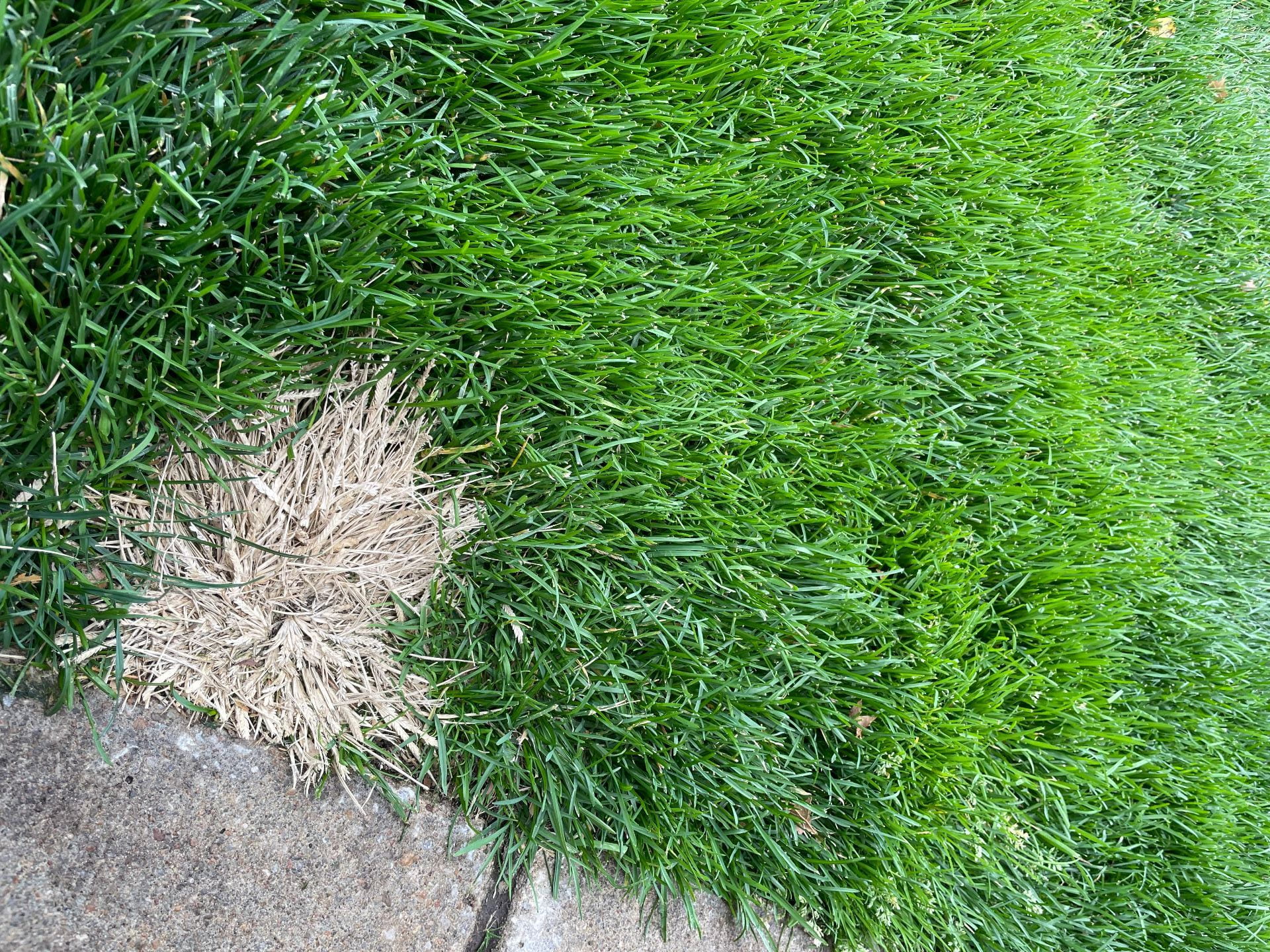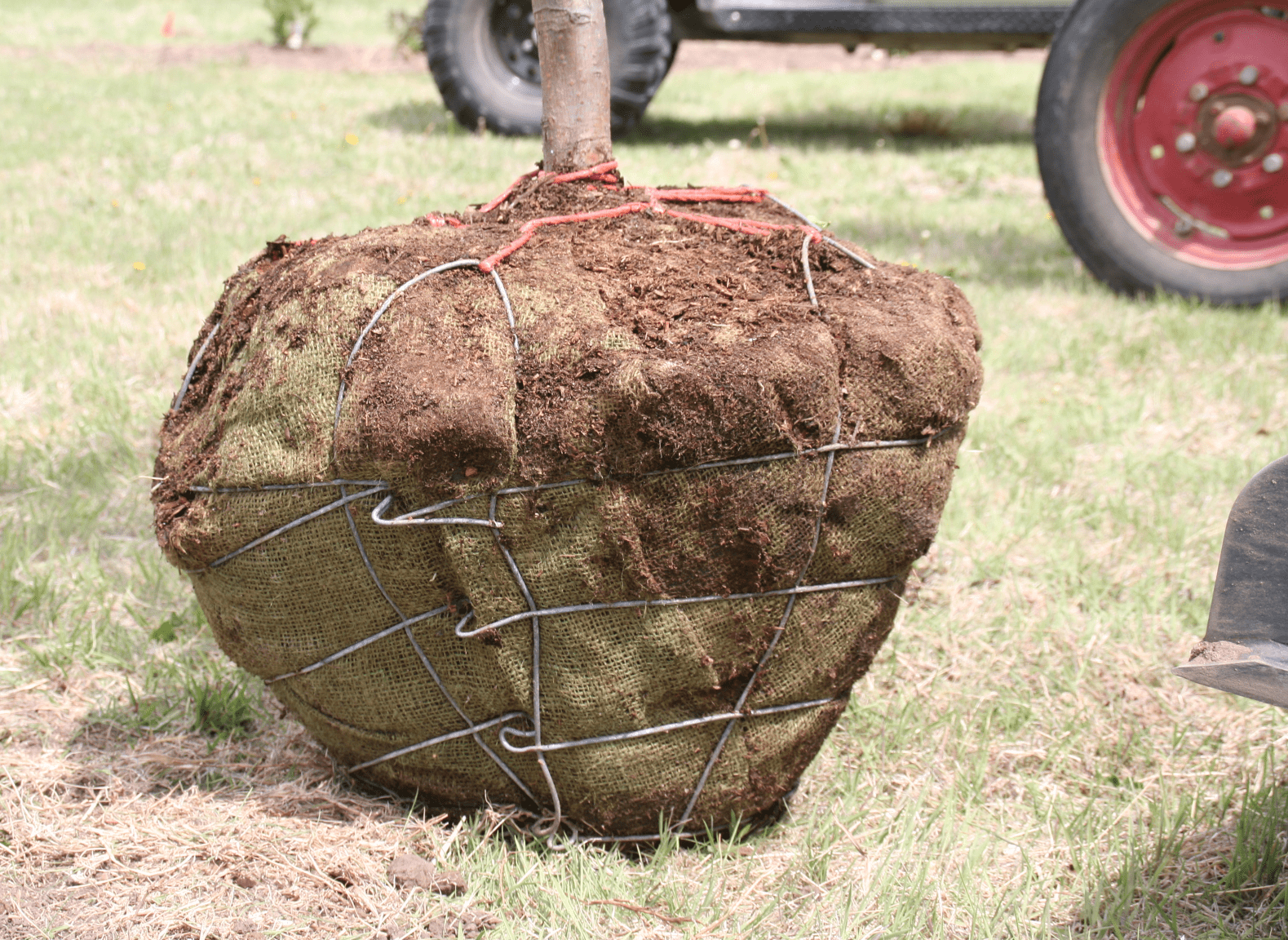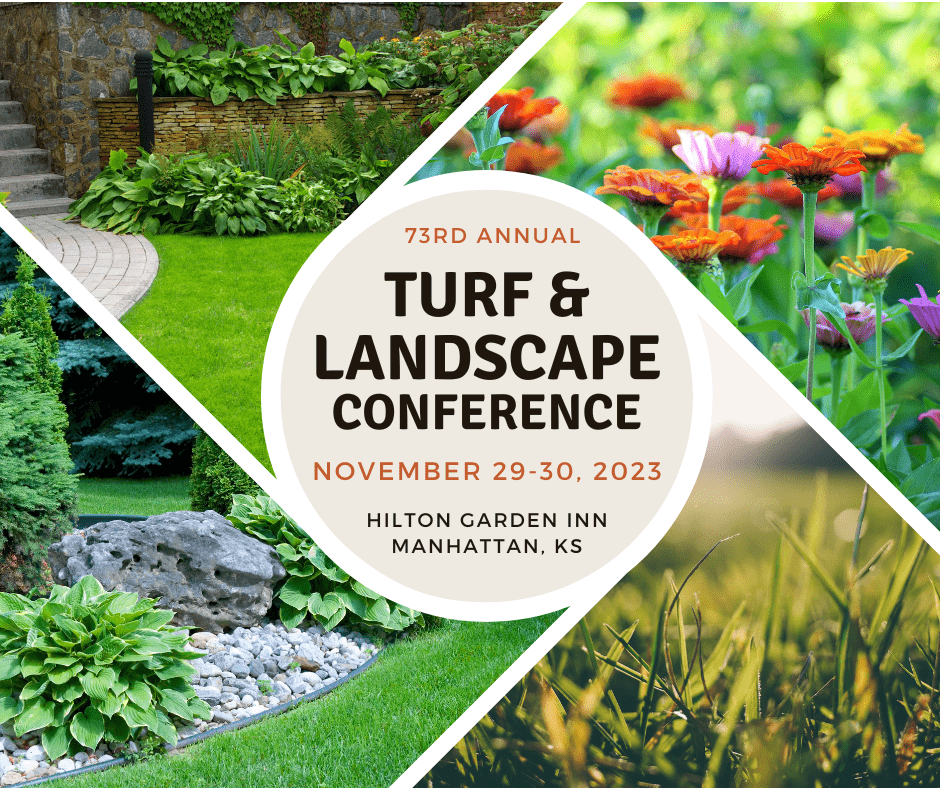By Dani McFadden, Graduate Research Assistant, Horticulture and Natural Resources
It is that time of year when winter annuals and cool-season broadleaf weeds start emerging. Understanding how your herbicide is interacting in the soil and within the plant is important for effective weed control. Let’s take a shallow dive into the world of herbicide interactions so you’ll better understand the process a plant undergoes after an application.
Mode of action explains the entire sequence of events that happens from herbicide application to plant death, this includes the uptake, translocation and metabolism. This term is often confused with mechanism of action or site of action, which is the specific location at the cellular level where the disruption occurs. Contact herbicides (ex. diquat) injure the plant wherever they touch the plant, and often work quickly. We find that contact herbicides are more effective on small annual weeds compared to perennial weeds. Systemic herbicides (ex. glyphosate, 2,4-D) must be absorbed by the plant and then move throughout. In contrast to contact herbicides, systemic herbicides are very effective on perennial weeds. Since systemic herbicides are able to translocate to different parts of the plant, they are able to kill perennial weeds at the roots, tubers, and/or rhizomes.
So, how are commonly used herbicides effective against weeds? First, the herbicide needs to effectively contact the plant (more critical for contact herbicides compared to systemic herbicides) and then be absorbed by the plant. The compounds will then move to the site of action, and if there is enough toxicity within the site of action the plant will ultimately die.
Understanding the life cycle and biology of weeds will increase performance of the herbicide. However, there are several factors that can affect the uptake, translocation, and metabolism of the herbicide once it reaches the plant. Plant barriers such as waxy cuticles on the leaf surface or the casparian strip (a band-like wall that blocks the movement of water and solutes in vascular plants) can reduce herbicide uptake. Furthermore, climatic conditions and properties of the herbicide can influence efficacy. Here are some properties of herbicides that will help you understand how it will perform in certain environments at or following application:
- Water solubility (Kow) is important because it affects behavior in the soil, formulation of an active ingredient, and separation of the herbicide into the plant. If herbicides have a high Kow they will be less soluble in water.
- Soil adsorption (Koc) focuses on the retention of herbicide compounds and what influences persistence and availability of the herbicide. Many factors affect how herbicides are adsorbed, such as: moisture, clay content and organic matter, and soil pH. The Koc affects the herbicides tendency to bind to soil particles.
- Volatility and particle drift is the physical drift that occurs during or immediately after application, with smaller droplets being more likely to drift than larger droplets. Furthermore, it is important to note that if the vapor pressure of the herbicide is high, then potential for non-target plant injury increases. Factors increasing volatility after herbicide application include: higher temperatures and increased soil water content. In addition, broadleaf herbicides containing high ester content are more volatile. To reduce volatilization applications can be incorporated into the soil or applied when weather conditions are favorable.
For plant absorption and translocation, herbicides must cross several barriers. It is important to read the herbicide label before use. If a surfactant is recommended, then one should be utilized. A surfactant can aid in decreasing surface tension and increasing absorption.
Topramezone app on goosegrass
Having knowledge on: 1) the biology and life cycle of the weed you are controlling; 2) properties of the herbicide you are applying; and 3) environmental conditions and soil factors at your site will aid in effective weed control.
It is imperative to always READ THE LABEL before applying herbicides for the correct rate, turfgrass tolerance, and important instructions for application.
***Mention of trade names or commercial products in this article is solely for identification purposes and does not imply recommendation or endorsement, nor is criticism implied of similar products not mentioned by Kansas State University.***


 The 73rd annual Kansas Turfgrass and Landscape Conference, held November 29 & 30 (Wednesday and Thursday), 2023 at the Hilton Garden Inn, Manhattan also hosts a trade show to see all the latest products and supplies from local and national vendors.
The 73rd annual Kansas Turfgrass and Landscape Conference, held November 29 & 30 (Wednesday and Thursday), 2023 at the Hilton Garden Inn, Manhattan also hosts a trade show to see all the latest products and supplies from local and national vendors. Vendors will have a booth with representatives present for the following companies:
Vendors will have a booth with representatives present for the following companies: Interested in being part of the trade show as an exhibitor or as sponsor for the event?
Interested in being part of the trade show as an exhibitor or as sponsor for the event?  Last, there is the plant side. Is fall a good time to plant a new tree or shrub? Yes, and here is why. The primary job of a newly planted tree or shrub is to grow roots for survival. New roots are necessary for balled and burlapped plants to replace the ones lost during the harvest process at the nursery. If it’s a container plant, new roots are necessary to explore the soil and find nutrients and moisture necessary for long term survival. For the first year of a new plant’s life, it’s all about the roots!
Last, there is the plant side. Is fall a good time to plant a new tree or shrub? Yes, and here is why. The primary job of a newly planted tree or shrub is to grow roots for survival. New roots are necessary for balled and burlapped plants to replace the ones lost during the harvest process at the nursery. If it’s a container plant, new roots are necessary to explore the soil and find nutrients and moisture necessary for long term survival. For the first year of a new plant’s life, it’s all about the roots! Trees planted in spring have only a few weeks of peak root growth before Mother Nature unleashes the environmental stresses that come with summer weather. However, trees planted in fall have the long fall and early winter season to grow roots before they go dormant. As the soil warms in spring, they get another season of root growth prior to the stress of summer in Kansas. Fall planted trees, therefore, have the advantage of two full seasons of root growth before summer drought and heat strike. It’s not too late. As long as the soil isn’t frozen at your planting site, you can still get plants in the ground. So is spring a bad time to plant? No, spring is a great time to plant. Those trees just need a little more TLC during that first summer than fall planted trees.
Trees planted in spring have only a few weeks of peak root growth before Mother Nature unleashes the environmental stresses that come with summer weather. However, trees planted in fall have the long fall and early winter season to grow roots before they go dormant. As the soil warms in spring, they get another season of root growth prior to the stress of summer in Kansas. Fall planted trees, therefore, have the advantage of two full seasons of root growth before summer drought and heat strike. It’s not too late. As long as the soil isn’t frozen at your planting site, you can still get plants in the ground. So is spring a bad time to plant? No, spring is a great time to plant. Those trees just need a little more TLC during that first summer than fall planted trees.

 The 73rd Annual Kansas Turf & Landscape Conference will be held on November 29 & 30 (Wednesday and Thursday) at the Hilton Garden Inn, Manhattan. The conference is an excellent way to learn about turf and landscape management, visit with old friends, network with new ones, and see all the latest products and supplies from local and national vendors.
The 73rd Annual Kansas Turf & Landscape Conference will be held on November 29 & 30 (Wednesday and Thursday) at the Hilton Garden Inn, Manhattan. The conference is an excellent way to learn about turf and landscape management, visit with old friends, network with new ones, and see all the latest products and supplies from local and national vendors.
